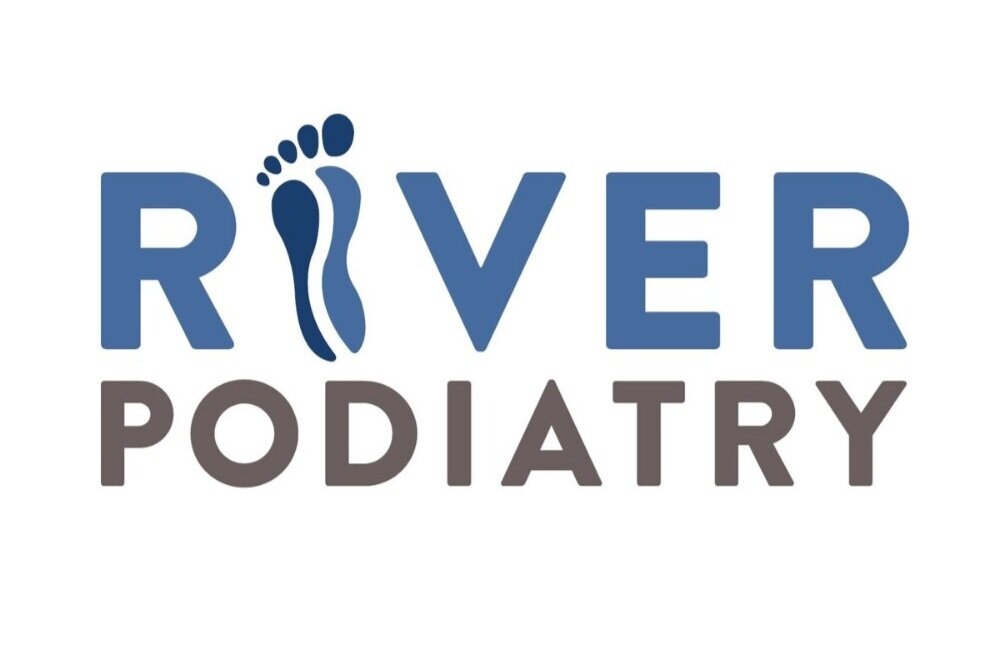Ingrown toeNails
What are they?
Ingrown toenails are one of the most common conditions we see in our offices. An ingrown toenail is where the nail plate is too large for the under covering or bed and one or both sides are pressing into the skin. Ingrown toenails can result from improper cutting, abnormal nail structure and localized injury to the plate. The appearance of the toe involved may range from a sensitive redness and slight inflammation to a full-blown infection of the toe with pus and bleeding usually evident. The objective is to prevent the infectious stage from taking place and address the problem early in its development.
How do you treat them?
Adequate prevention of ingrown toenails can be accomplished in most cases by proper trimming and consistent self-care. The nail plate should be carefully trimmed to follow the fleshy curve at the end of the toe. Under no circumstance should a sharp instrument be used or inserted to cut diagonally back into the corners of the nail. Leaving a jagged nail edge, a loose piece, or inadvertently cutting the skin can predictably lead to problems. In those cases where injury has occurred with a subsequent ingrown nail, professional assistance from a foot specialist is highly recommended. A foot specialist is well trained and equipped to treat these problems with little to no discomfort to the patient.
Although ingrown toenails may seem simple, their impact can be greatly. These painful nail conditions are frequently encountered in various athletic activities such as soccer, jogging, racquet sports, football, basketball, baseball and more.
Antibiotic medication, disinfectant soaks, and inactivity are not the total solution. It is essential to reduce and remove the offending spicule or nail edge that is causing the problem.


